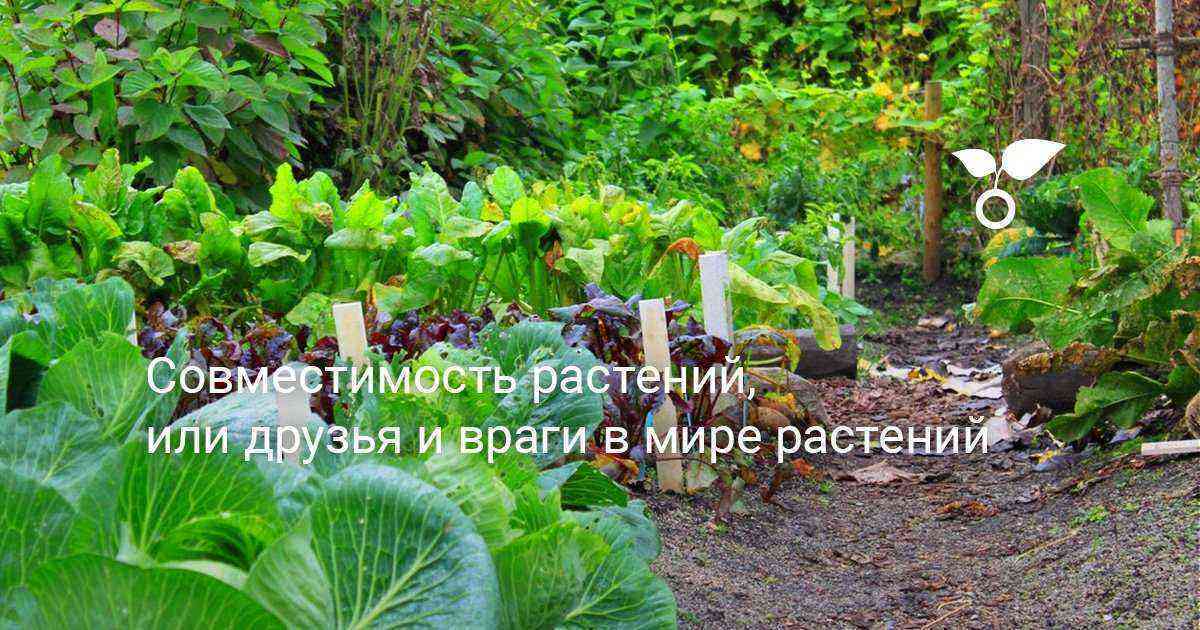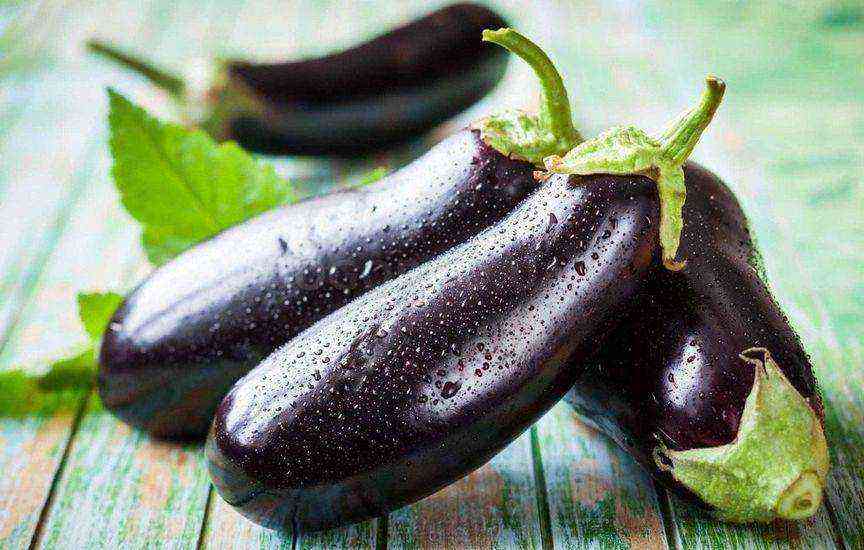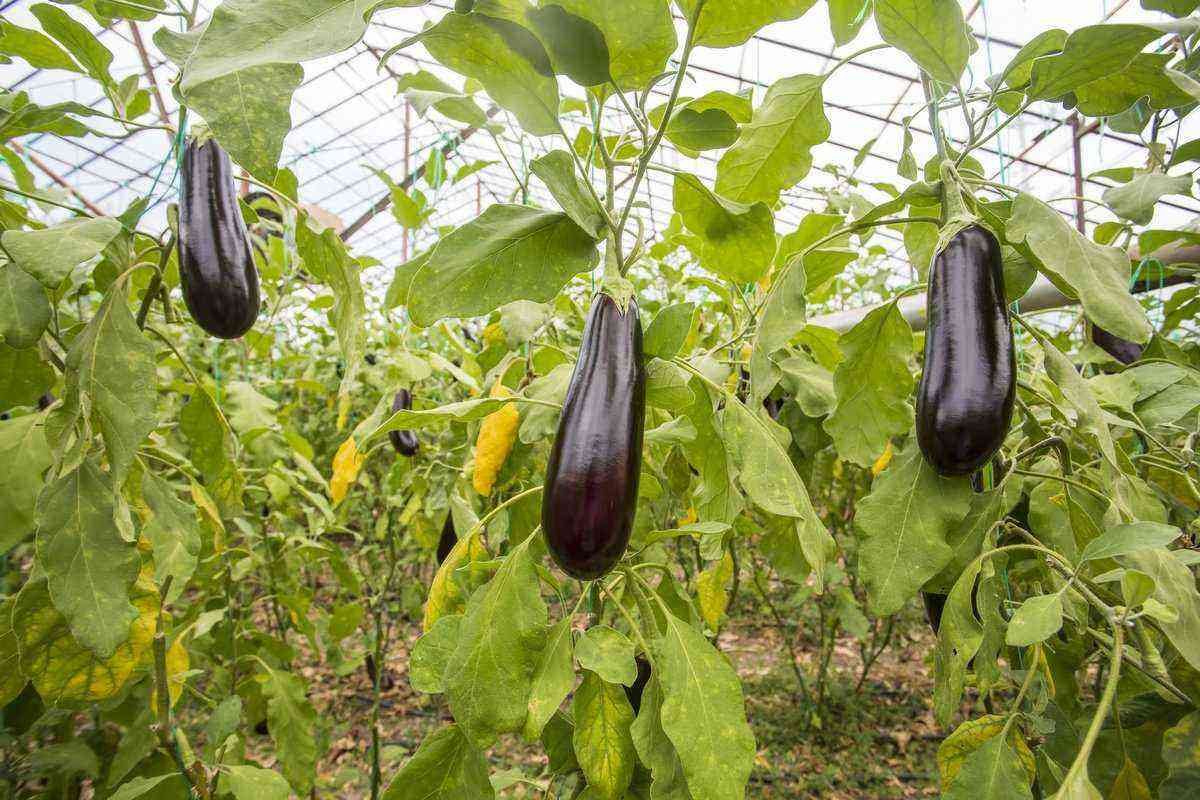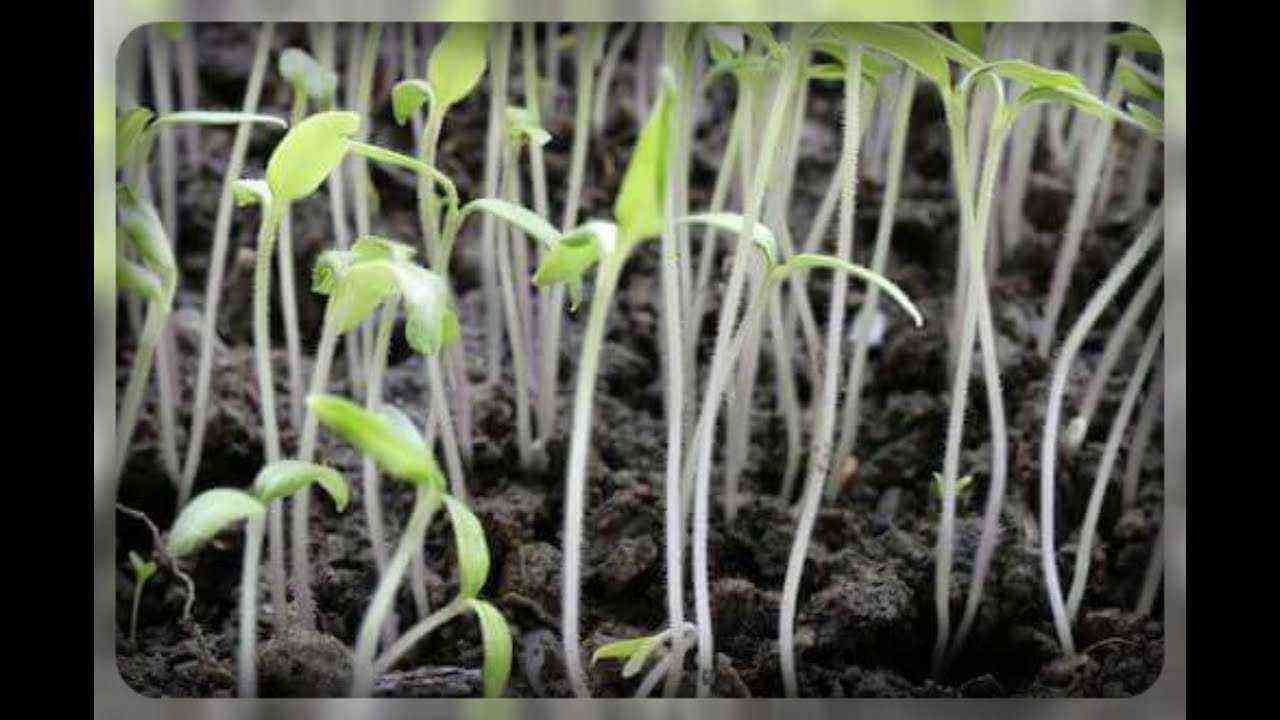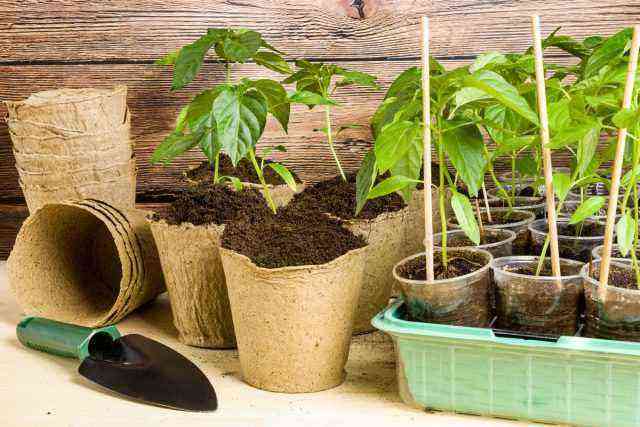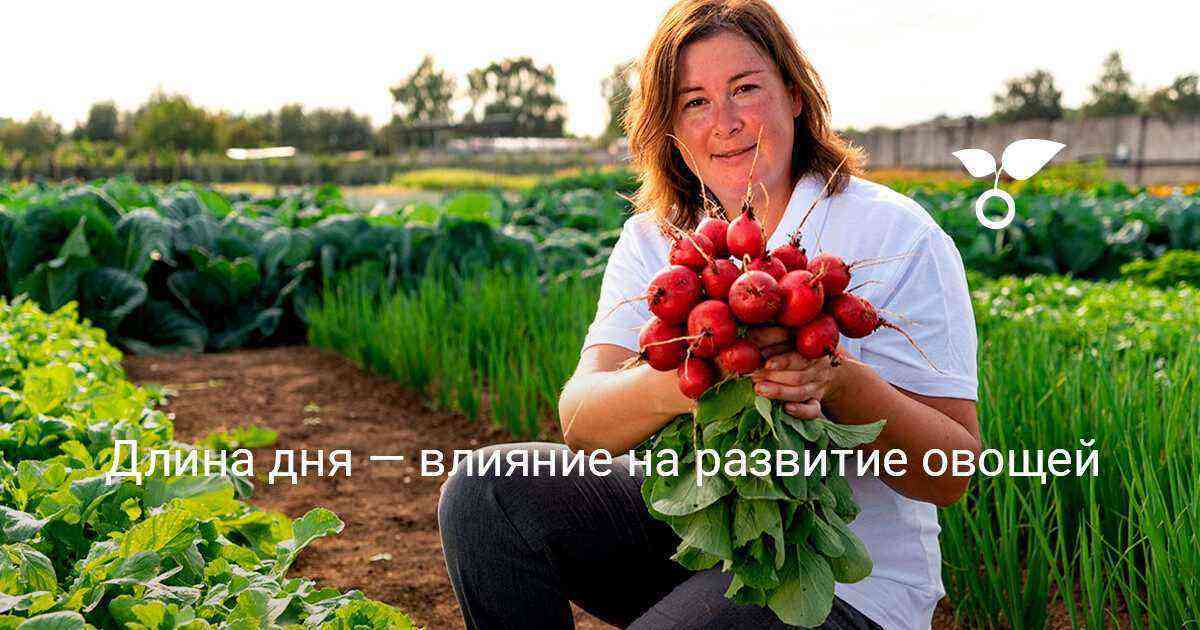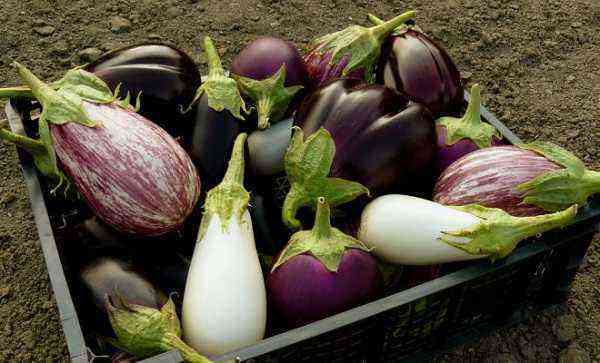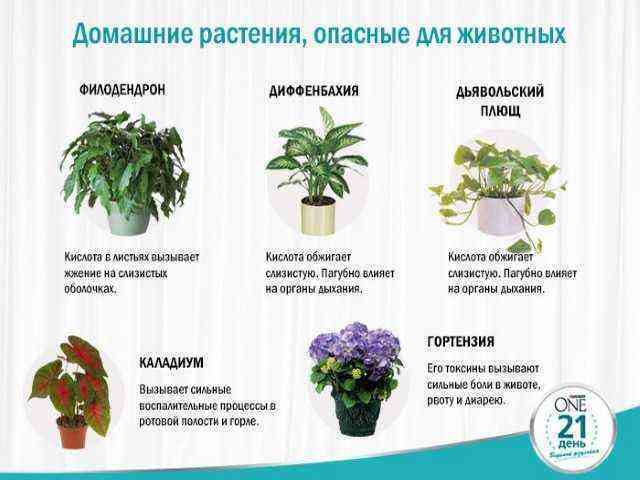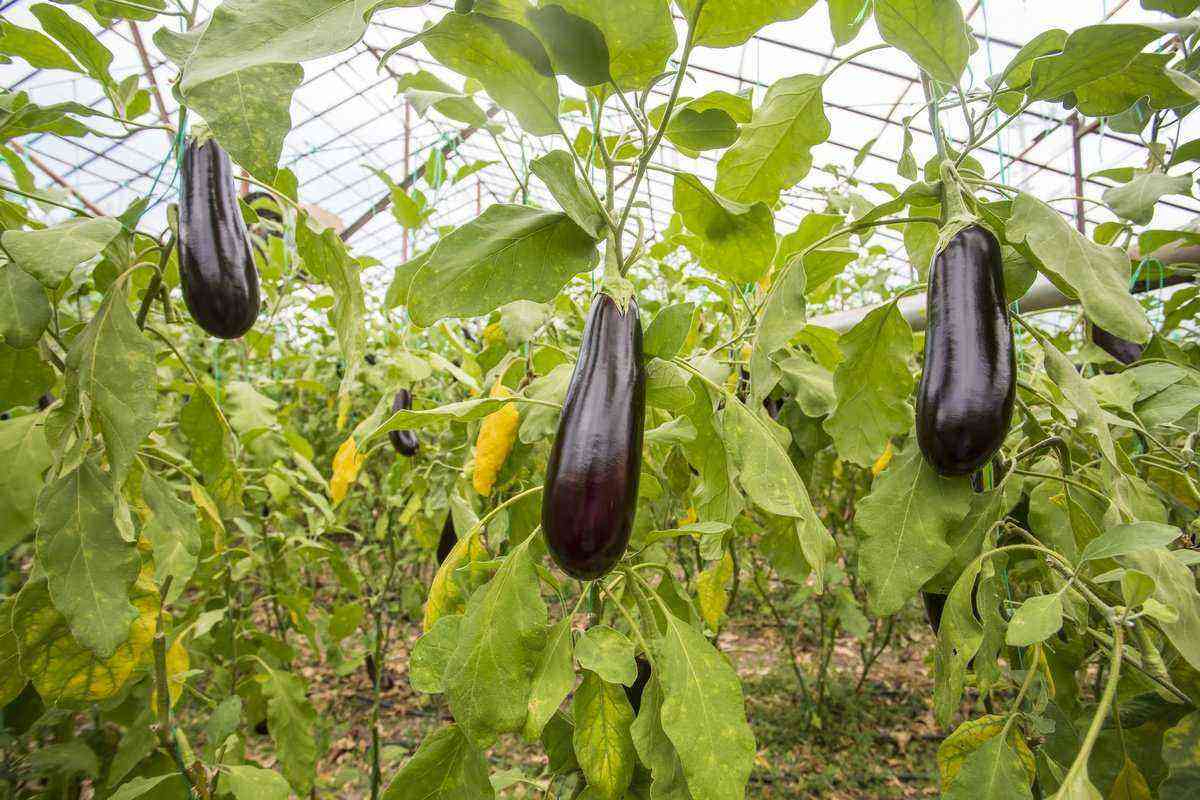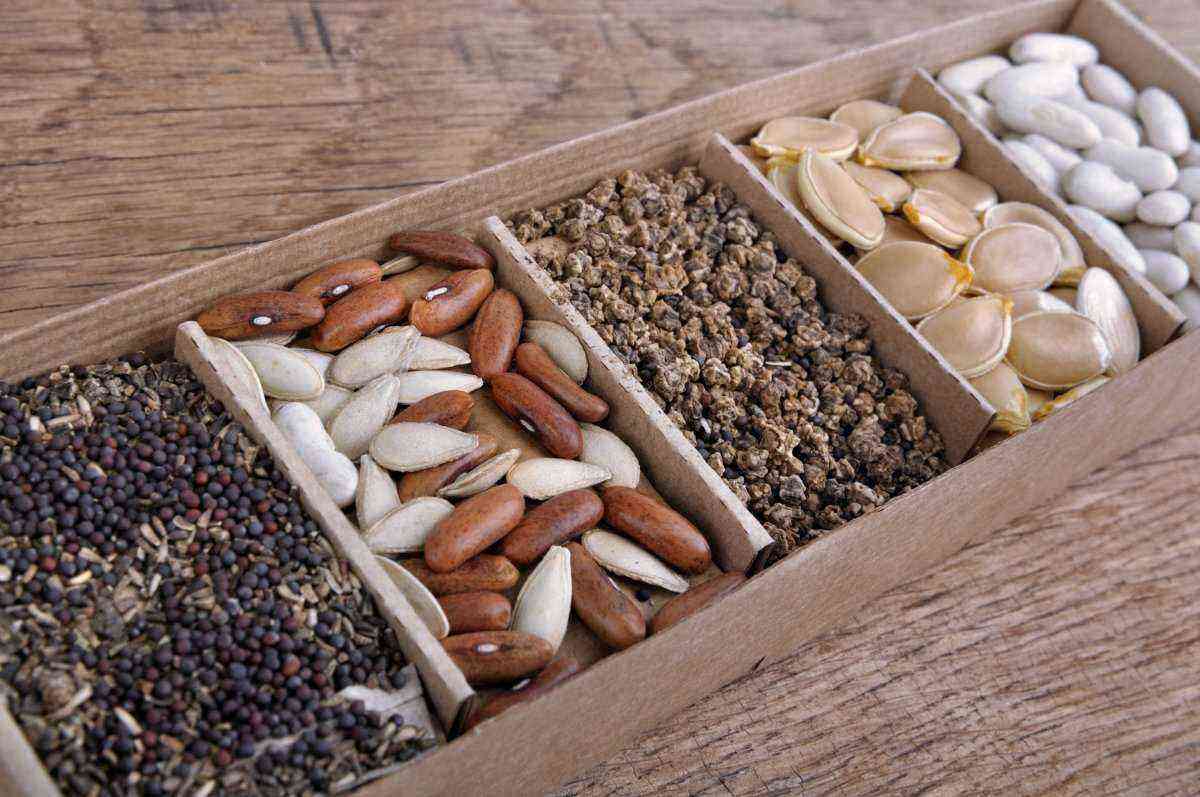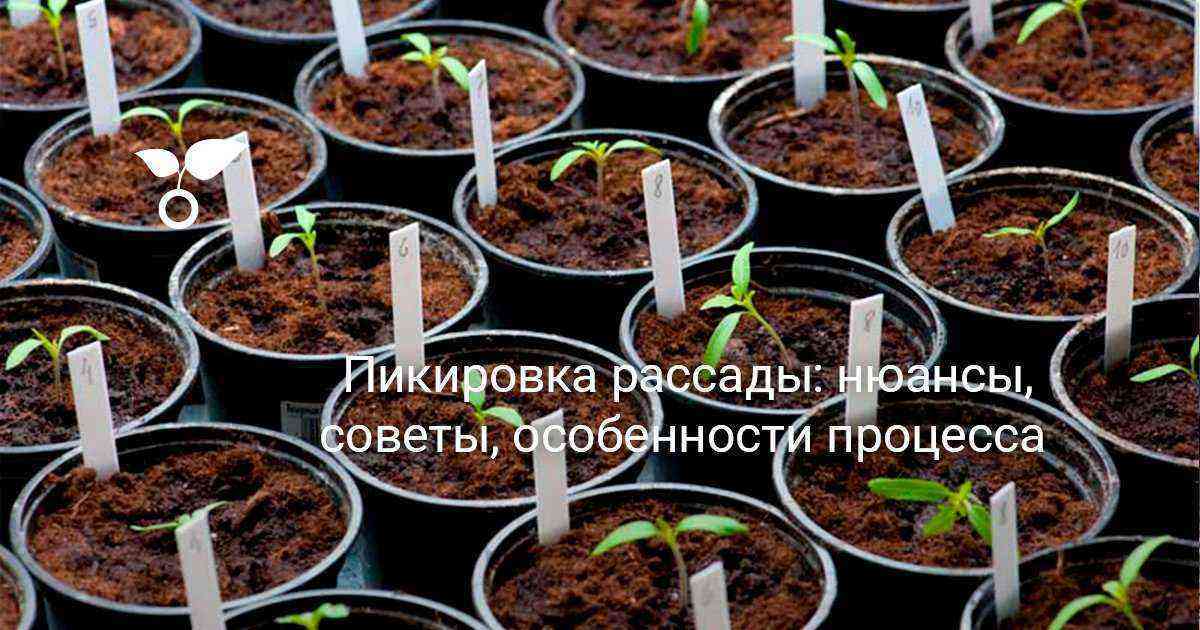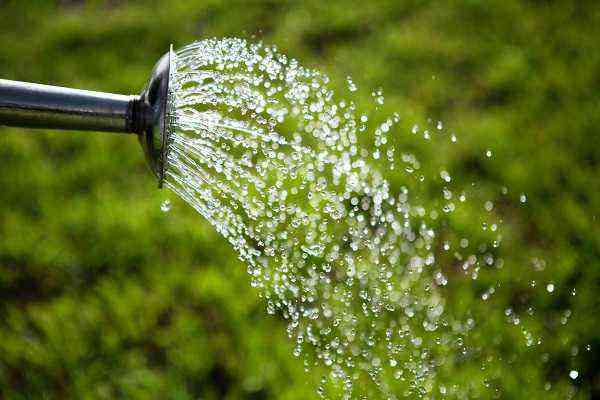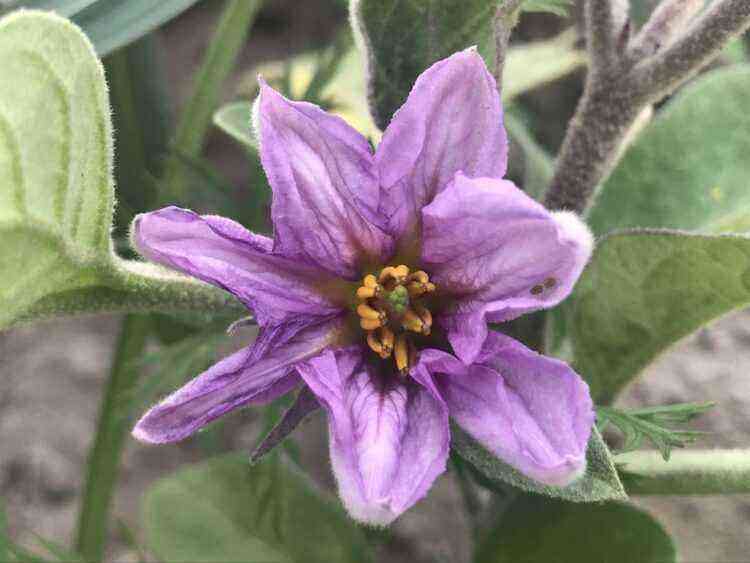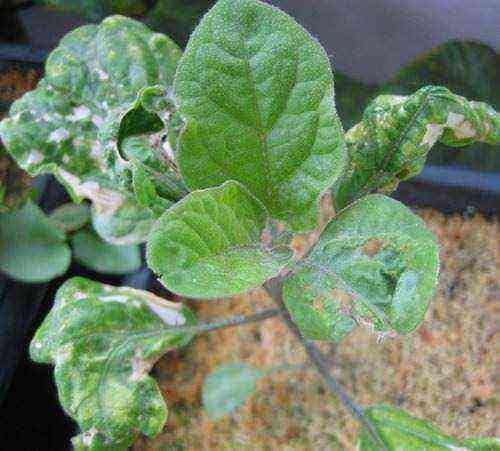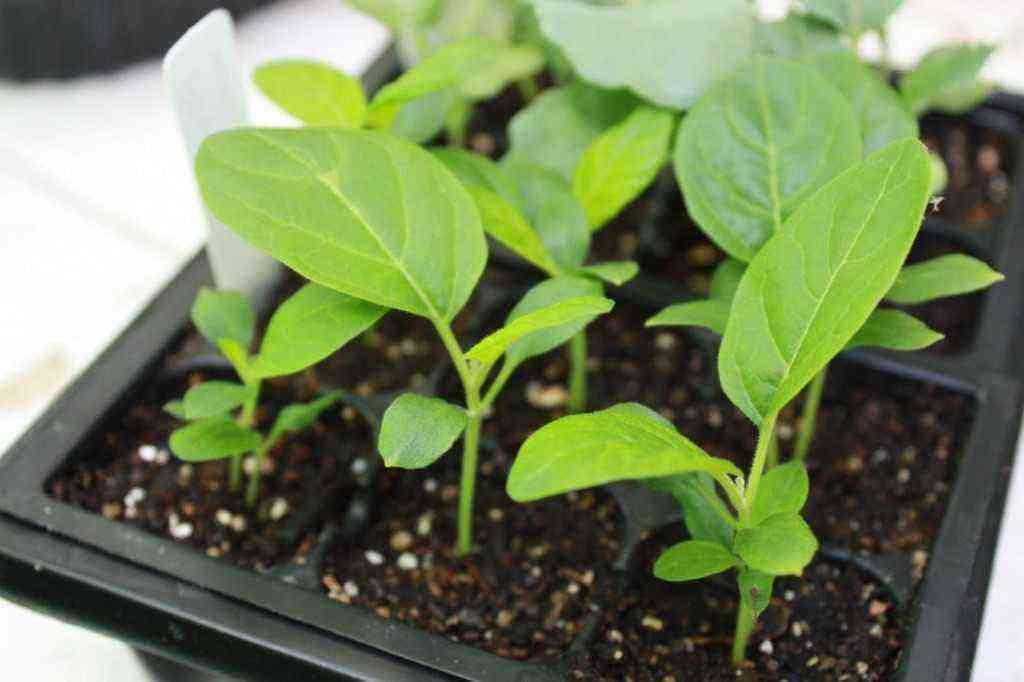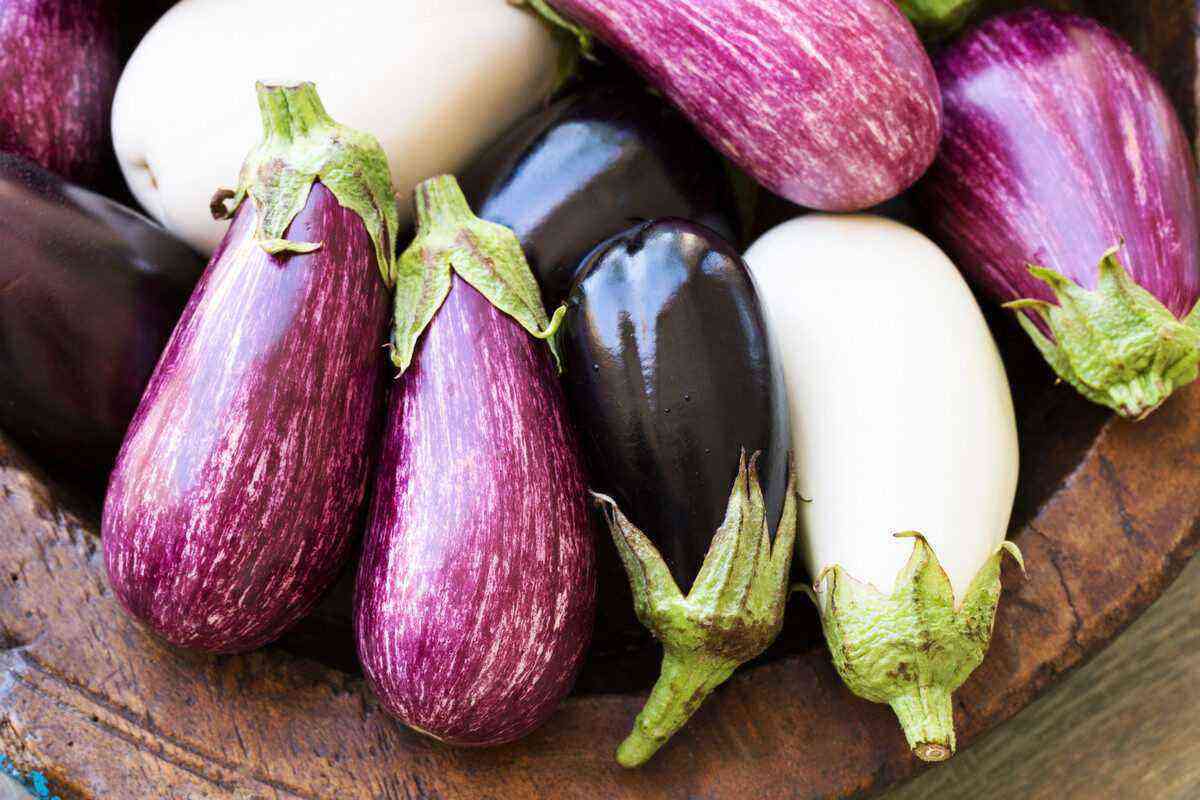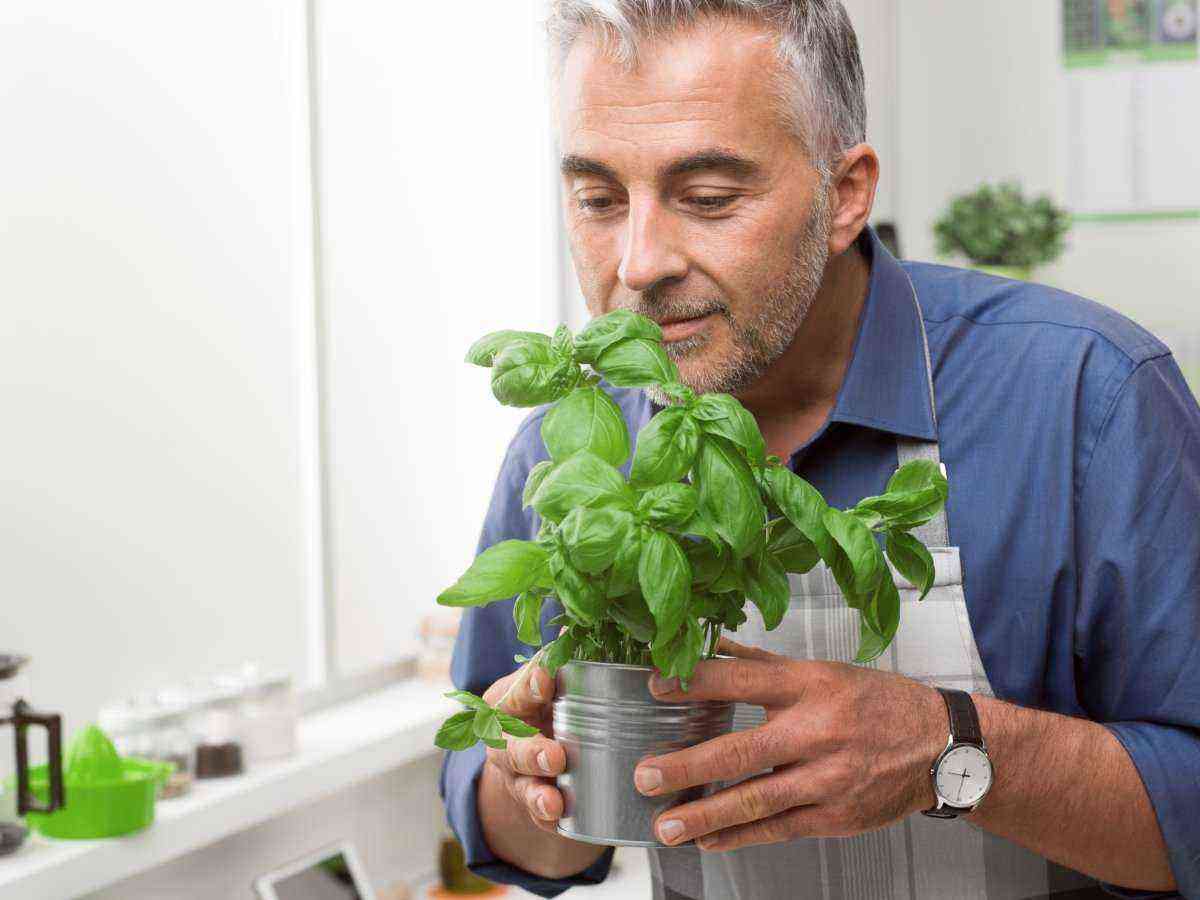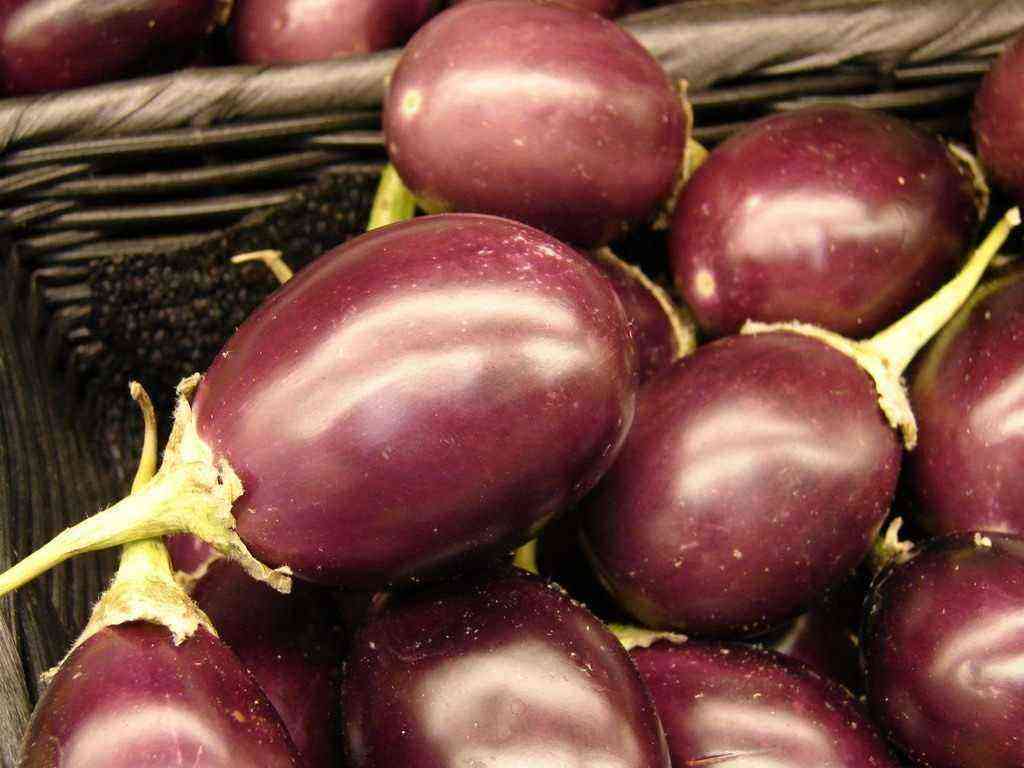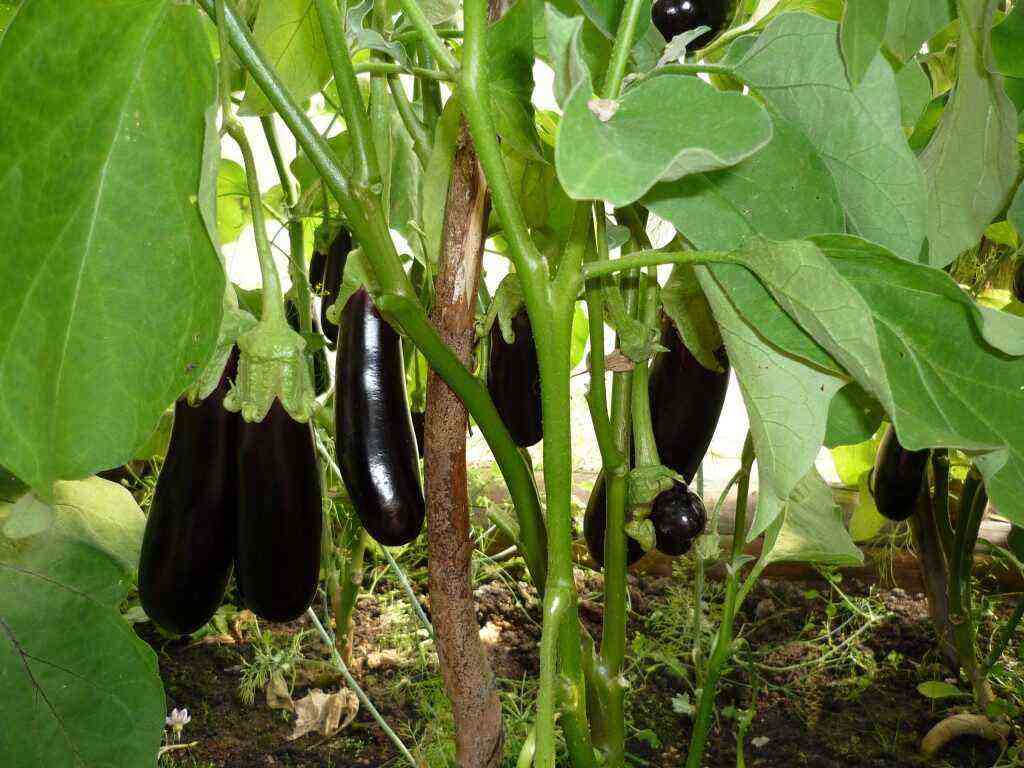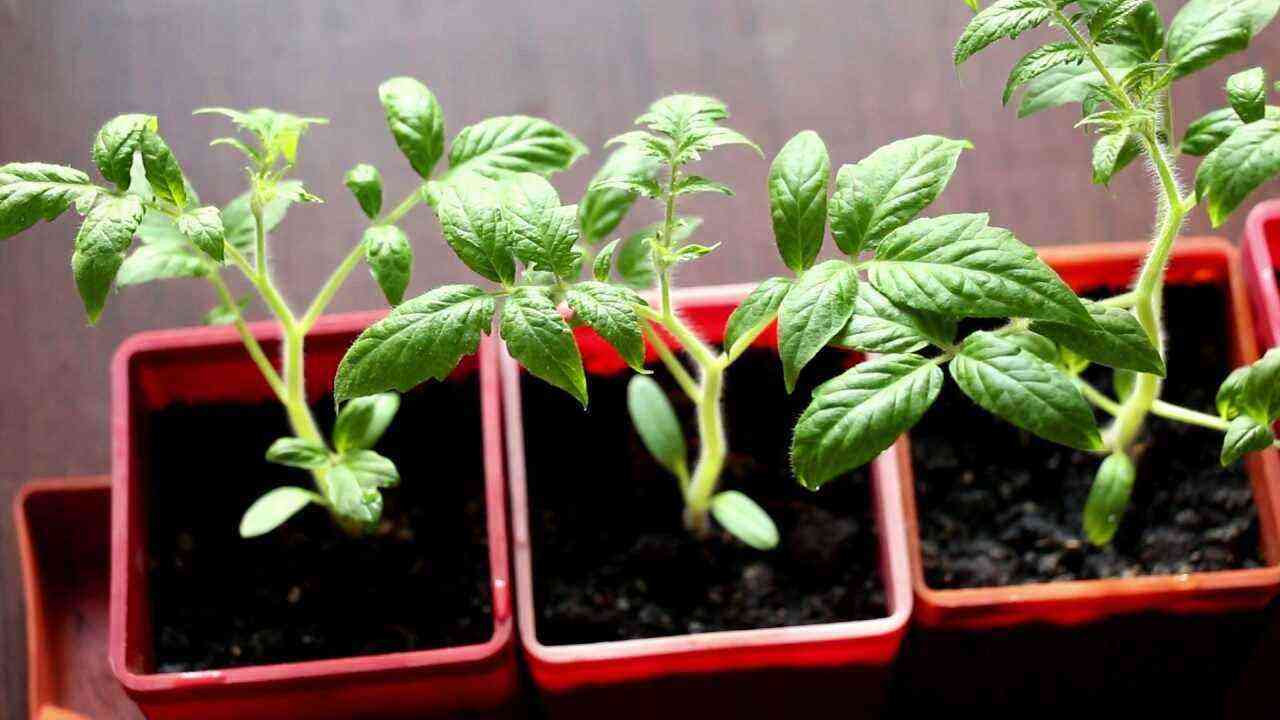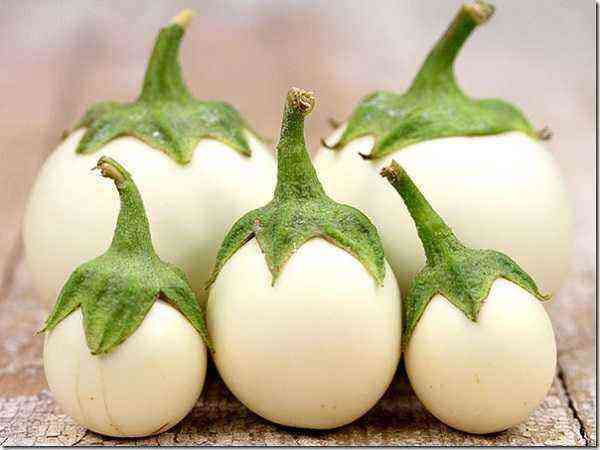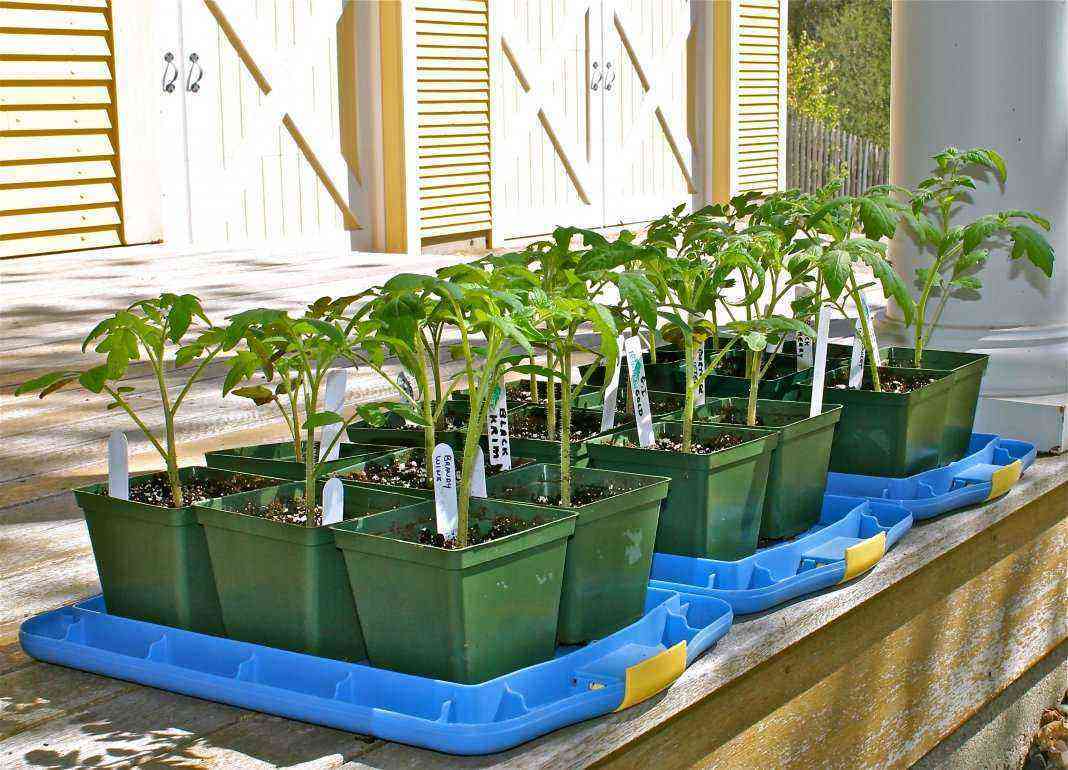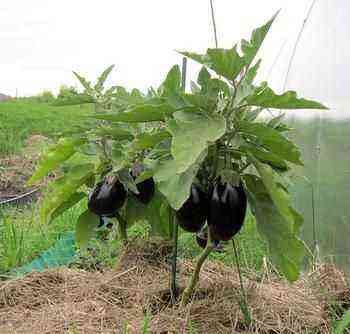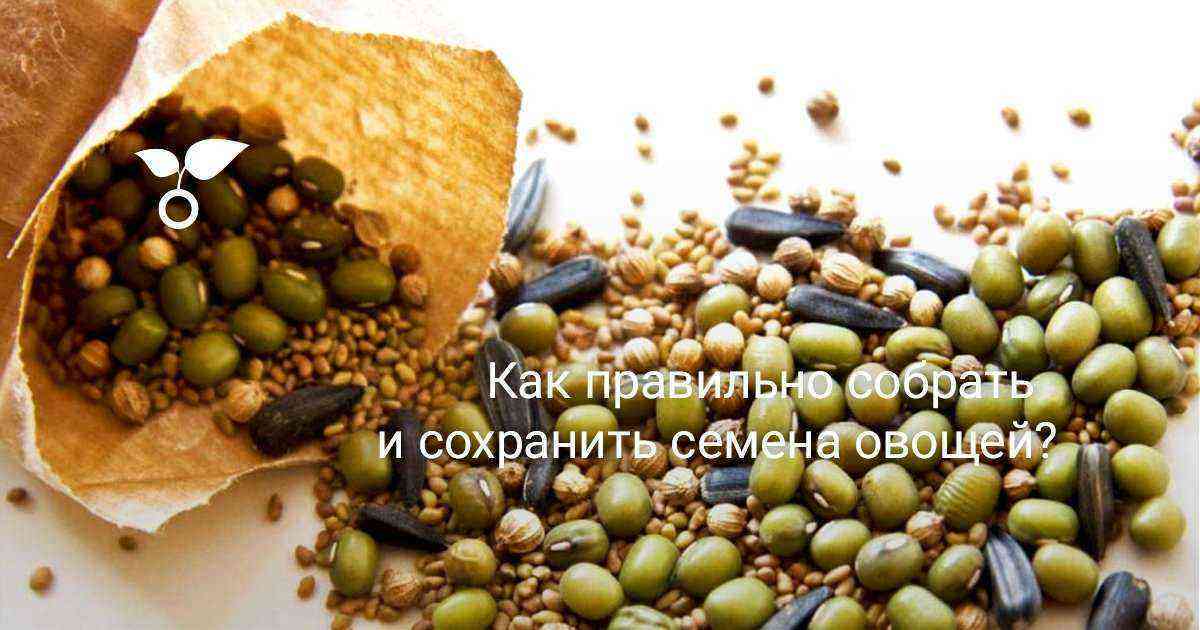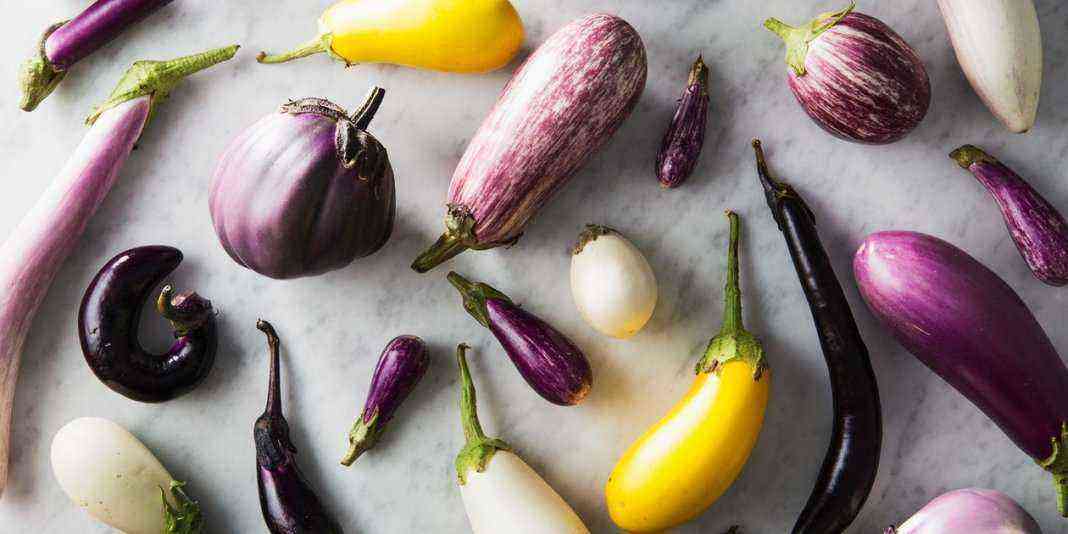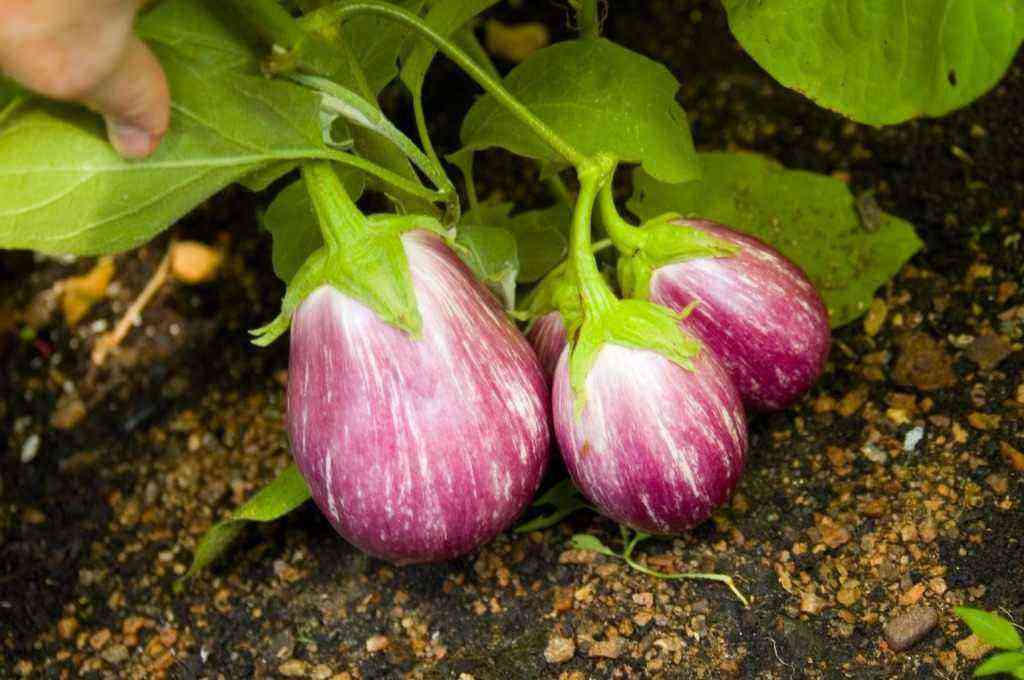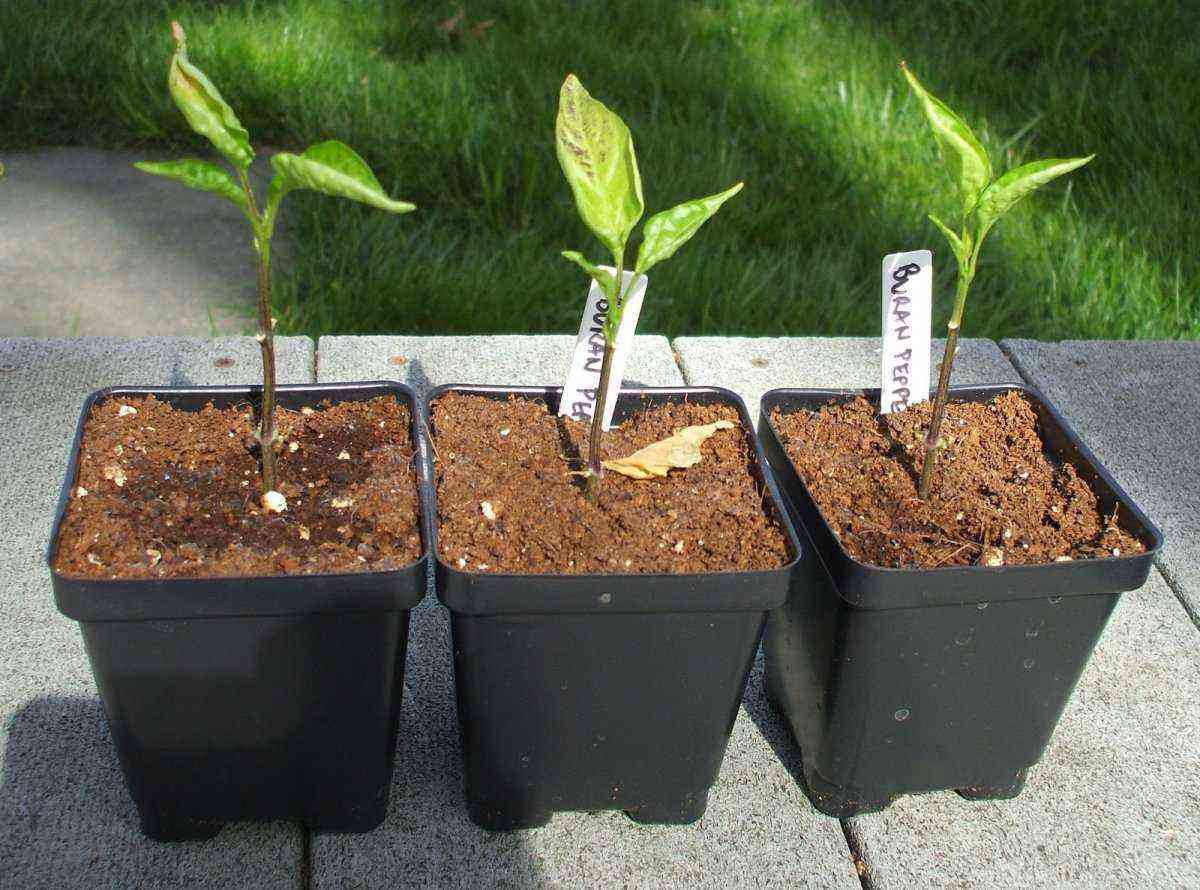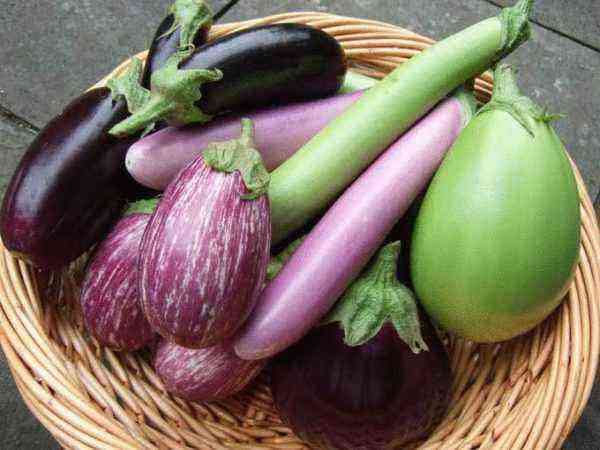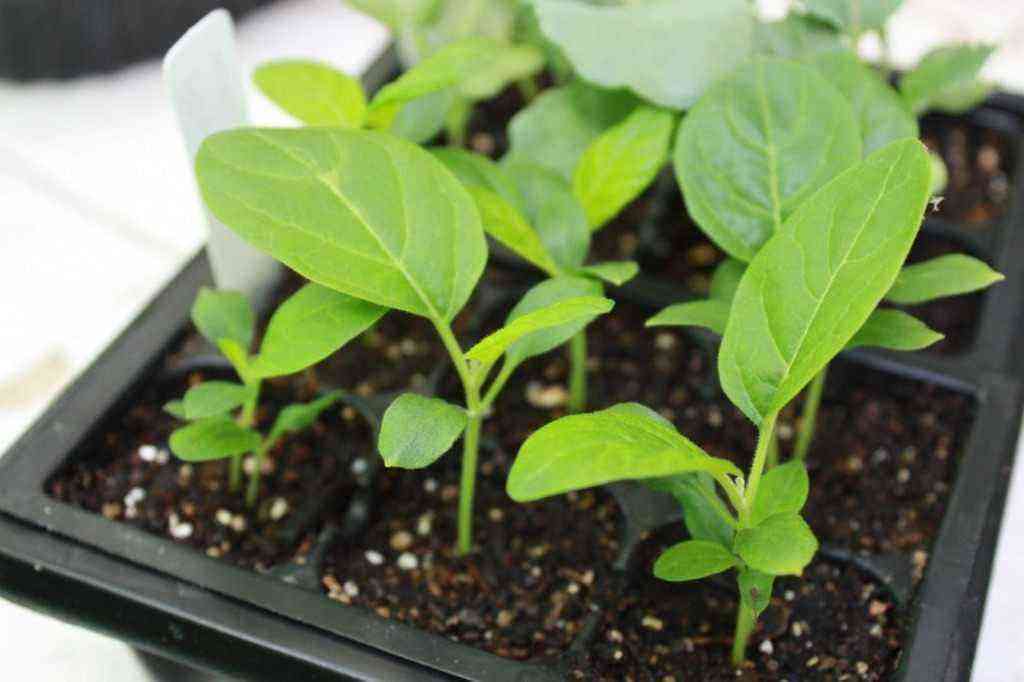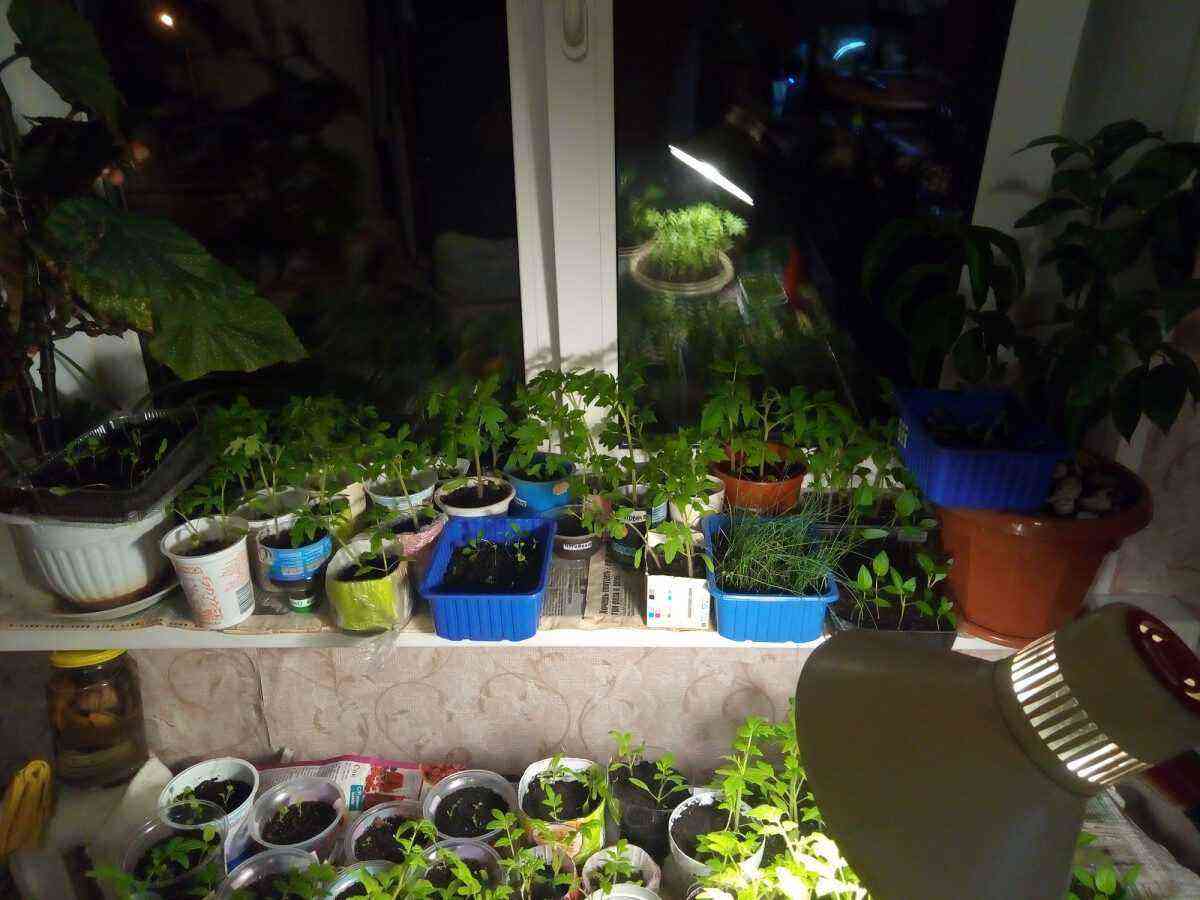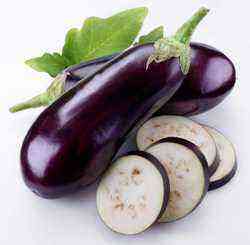It would seem, why take on the work of bees and pollinate plants by hand? However, there are several reasons for this, the main of which is the increase in productivity. And this is already a lot. These simple skills are easy to learn and can be useful to both amateur and professional gardeners. As you gain experience using hand pollination, you can also try your hand at creating a new hybrid variety of flowers or vegetables.
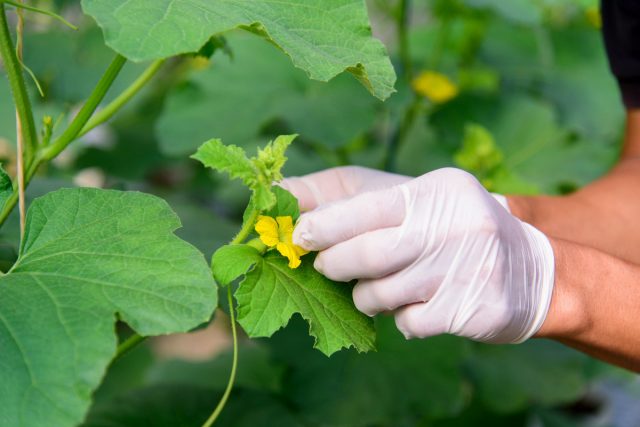 How and why to pollinate plants manually?
How and why to pollinate plants manually?
Contents:
Benefits of hand pollination
Hand pollination is the transfer of pollen from the stamen (the male part of the flower) to the pistil (the female part of the flower) by hand without the participation of insects. The purpose of hand pollination is to help plants in their reproductive process.
After the pollen grains are on the stigma of the pistil, they form a pollen tube connecting the stigma and ovary. Once the pollen tube is ready, the pollen grain will send the sperm to the ovule. When the sperm reaches the eggs, fertilization occurs, which eventually leads to the formation of a seed. And without the seed, there will be no fruit.
Bees are the best pollinators in the world for many of our crops, because their bodies are built to hold onto sticky pollen particles. Pollination can also be carried out by flies, beetles, birds, butterflies and many other creatures. Unfortunately, in recent years, pesticides and intensive farming practices have taken their toll on many species of pollinating insects, including bees.
There is not a single season that we do not hear someone complain that tomatoes, cucumbers or zucchini have not given fruit. It would seem that the plants grew and bloomed beautifully, but fruiting was insignificant or absent. And often this is due to the fact that pollination was insufficient. One of the main benefits of hand pollination is increased yields despite declining pollinator populations.
In some parts of China, orchards are already pollinated only by hand (mainly apple and pear orchards in Sichuan in southwest China). Gardeners are forced to do this because sufficient pollination does not occur naturally because there are not enough bees in the area. The reason is that pesticides are massively used in China, very intensively engaged in agriculture. In some areas of China, however, there are very few corners of the wild. This means that gardeners have no choice, they either do not get a harvest, or pollinate their gardens themselves.
Our situation, fortunately, is not yet so deplorable, nevertheless, a decrease in the number of pollinators is also observed in our country.
There are three main reasons for hand pollinating plants:
- The likelihood of successful pollination increases, especially in the absence of bees and other pollinators. For example, pumpkin growers almost exclusively hand-pollinate the female flowers to ensure good fruit set. Gardeners often have to pollinate corn by hand to ensure a full ear. There are no pollinators in the greenhouse, so hand pollination is also necessary.
- It is possible to cross-pollinate two species to create a new variety of a particular plant type. This is done in order to obtain new flower colors, disease resistance or other genetic traits. This process is called hybridization.
- Protection of the plant from self-pollination, which preserves the purity of the variety and saves on the purchase of seeds.
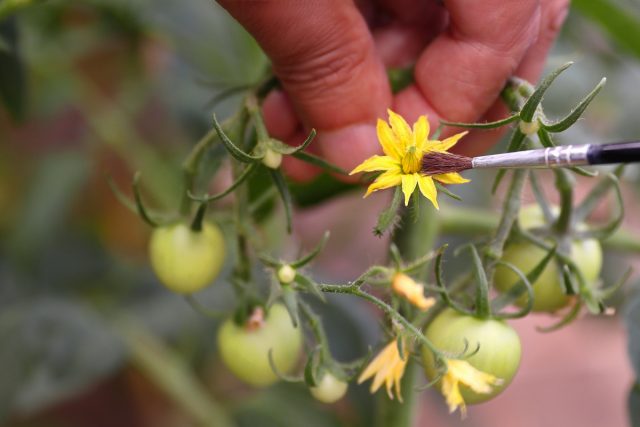 Manual pollination of tomatoes
Manual pollination of tomatoes
Read also our article Crossing daylilies – we grow our own unique hybrid.
Hand pollination of tomatoes, eggplants and peppers
The easiest way to hand pollinate is to simply shake the entire plant. This method is effective for crops that have hermaphrodite (self-pollinating) flowers containing both male and female parts. Garden plants with hermaphrodite flowers are plentiful, in particular, they include tomatoes, peppers and eggplants.
Usually, wind or a visit from a pollinator is enough for them. But often when growing these plants in sheltered areas such as a greenhouse or window sill, or in places where the number of pollinators is low, such plants need our help. A slight rocking of the bushes is usually enough to help hermaphrodite flowers in the process of sexual reproduction – shaking the plants allows pollen to fall from the anthers to the stigma of the pistil. The best time for this procedure is noon, when the air temperature is high and the humidity is low. According to other recommendations, a good time for pollination is also early in the morning after the dew has dried.
The second way is pollination with a brush. All you need for this is a small brush. Cotton buds or a pen will also work. The brush or cotton swab should be clean and dry. Pollen sticks to the bristles of the brush in the same way as to the hairs on the body of a bee, so such a tool is quite effective. For pollination with a brush or cotton swab, it is necessary to penetrate into the center of the flower and shake it a little.
Another rather original way to pollinate self-pollinating plants is to use an electric toothbrush. This device can help to pollinate such plants, because the vibration of the brush is very similar to the vibration of the wings of a bee. When the bees visit the flowers, the buzzing of their wings helps shake off the pollen on the stigmas. Simulate this by placing an electric toothbrush against the stem of a flower brush and turning it on.
Read also our article Little workers of a big harvest – about the role of pollinators in plant life.
Hand pollination of cucurbits
Crops such as pumpkin, cucumbers, zucchini, watermelons and melons are monoecious plants. They have male and female flowers on the same plant, with each individual flower containing either male or female parts. Cross-pollination is more complex, because pollen is transferred from the anther of one flower (male) to the stigma of another flower (female).
Members of the Cucurbitaceae family most often produce male flowers first. The female flowers, which appear later, have a formation resembling a small fruit and can be easily distinguished. The female flowers appear on the plant, usually a week or two after the male flowers begin to appear. After that, both male and female flowers should be present on the plant at the same time for the entire flowering period.
The main purpose of hand pollinating cucurbits is to transfer pollen from male to female flowers when the bees cannot do the job. To pollinate pumpkins, melons, and cucumbers by hand, tear off the petals from the male flower to expose the stamen in the center. After that, using a small brush or cotton swab, transfer the pollen from it to the pistil of the female flower. Be sure to refresh the brush with pollen every few strokes. The male flower with the petals removed can also be picked and used to smear the pistils of the female flowers.
Interestingly, mature pollen can be stored in the refrigerator for several days. If there are no female flowers yet, cut off a few open male flowers. Place them in a jar of water (like flowers in a vase) and refrigerate. When the female flowers open, you will have pollen available to use.
If your plant doesn’t start fruiting a few days after pollination, it’s possible that other problems are interfering with your harvest. Lack of water, lack of sunlight, nutrient deficiencies in the soil, or inappropriate temperatures can also cause plants to conserve energy and fail to produce. For example, high nighttime temperatures will keep your tomatoes, cucumbers, and other vegetables from fruiting despite good pollination.
 Manual pollination of squash
Manual pollination of squash
Hand pollination of corn
Maize, while not producing showy flowers, has both male and female flowers on each plant. Male flowers are called panicles and are located at the top of the stem. As it matures, pollen is shed from the central ear down. The female parts of the stem are located in the axils of the leaves, and the female flowers are called stigmas.
Each strand of stigma is connected to one grain of corn. Pollination occurs when the pollen touches the filament. It seems that pollination of corn should be a simple process – pollen flying from the panicle should pollinate the stigmas below. However, it is not. 97% of pollination on the cob comes from other plants, so it’s important to know when and how to pollinate corn. In particular, to maximize wind pollination, corn should be planted in blocks rather than in long, straight rows.
To pollinate corn effectively, wait until the panicles are fully open and begin to shed yellow pollen. This usually starts two to three days before the stigmas emerge from the embryo and will continue for another week. As soon as the stigmas appear, you can start hand-pollinating the corn. Most of the pollen falls off between 9 and 11 am, after the morning dew has dried. Cool, overcast or rainy weather can slow down pollination.
For pollination, cut the panicles off several stems and use them like a dust brush. Such manipulations must be performed near each embryo with stigmas.
